Check out our shop where you can purchase tours! Learn More
“The best things in life aren’t things”
Traveling is not cheap – flights, hotels, restaurants, rental cars, etc. At the end of the day you look in your wallet and don’t understand where all the money has disappeared to (which not only happens when traveling!). One of the good things about Jerusalem is that there are many free sights. Many are holy places, but there is really something for everybody.

The narrow allies of Jerusalem’s Old City are frequently packed with tourists, and the vendors can be quite aggressive. But the moment you are elevated just a few meters above street level, the view opens up and the atmosphere changes. Some of the lookouts charge for admission, but some, like this one, is absolutely free.
This lookout is above the exact place where the four quarters of the Old City come together. The metal stairs are where Habad St. and St. James meet.
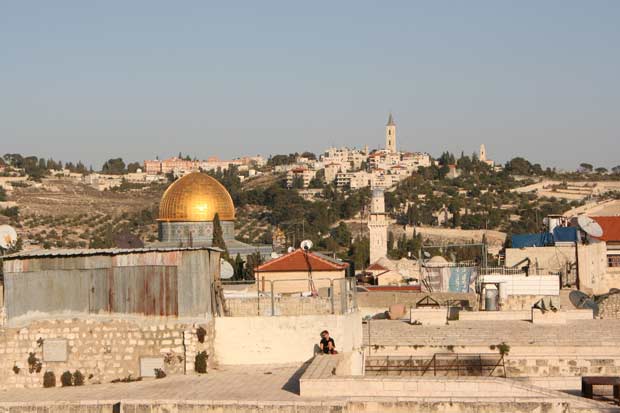
The writer Shai Agnon, the Israeli Nobel Prize winner, wrote in one of his books:
“A house touches a house and roof touches roof. A man can go from one end to the other end of Jerusalem through her roofs… Jerusalem is connected by her houses and divided by her inhabitants.”
From the lookout you can see the four quarters – the Muslim Quarter with its domed roofs, the Christian Quarter with its red-tile roofs and church bell towers, and the Jewish Quarter with its new houses. The Armenian quarter, the smallest, is hard to see, but visible nonetheless. You can also spot the Dome of the Rock and Mount Olives from this vantage point.
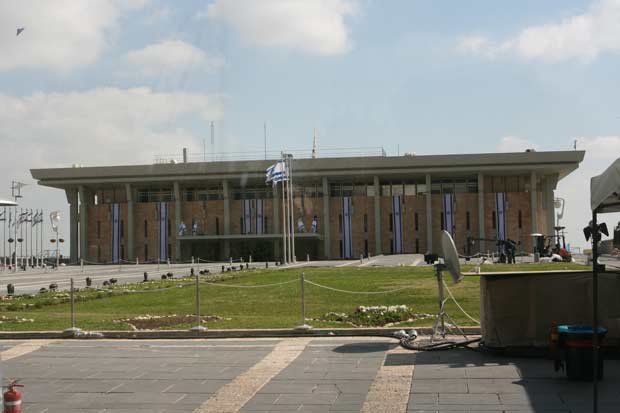
For many tourists Israel is just a mix of holy places and the site of wars, but the State of Israel is much more than that. Despite the tensions in Israeli society and the military conflict, Israel is a strong democracy. The Knesset in the national legislature of Israel. Its name is derived from the Knesset Hagdola (the Great Synod), the legislative body of 120 members that ruled the Jews 2,000 years ago during the early Second Temple period. Today there are also 120 Knesset members. Israel is a parliamentary democracy (like most European countries). In the last election, held in March 2015, ten parties entered the Knesset; the biggest one, the Likud Party, is led by Benjamin Netanyahu. The Knesset was housed in several locations before moving to its present location in 1966. Tours of the Knesset are offered in several languages.
Planning to visit Israel? Like what you’re reading? Then you’ll probably like my booklets too! My Tel Aviv, Jerusalem and Judaean Desert booklets will guide you through the most important sites in Israel. You can download my eBooks from Amazon, Kobo, Barnes & Noble and Apple iBook. Or order all three booklets from Amazon.
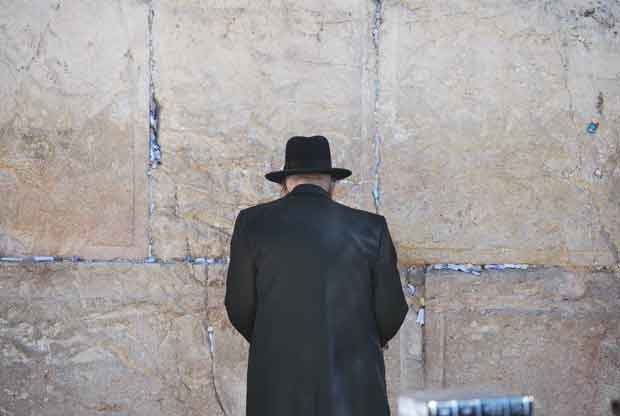
Visiting the Wailing Wall is not only free, but it is also open 24/7! I recommend visiting the place early in the morning or at evening when there are not that many tourists. The Wailing Wall is divided into men and women’s sections because it functions as an open-air synagogue. Learn more about the Wailing Wall
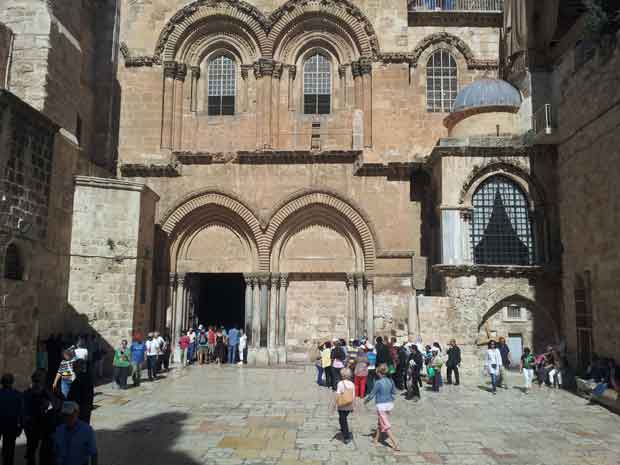
Entry to most of the churches in Israel is free of charge, and that also holds true for one of the holiest churches in the world – the Church of the Holy Sepulcher. The religious importance of this church is immense. This is the place where, according to tradition, Jesus was crucified, buried, and resurrected. Because the building itself was destroyed and rebuilt so many times and because the church is divided between six different denominations, it is also a living museum of the history of Jerusalem and Christianity. Learn more about the Church of the Holy Sepulchre
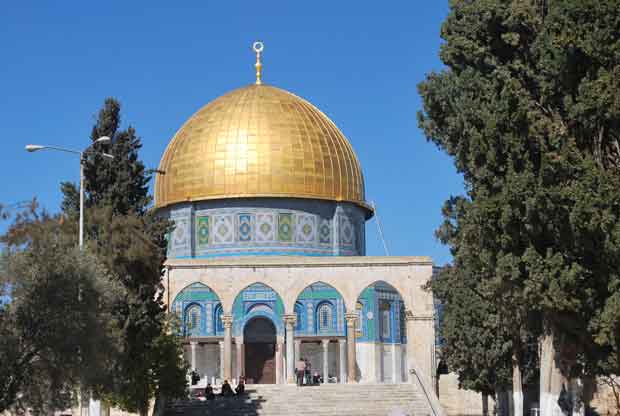
If you see the Wailing Wall without a guide or other assistance, it is only a stone wall. The same goes for the Church of the Holy Sepulcher; if you don’t know what it is you’re looking at, it’s not going to be impressive.
But the Dome of the Rock is different – you cannot help but be moved by it. It is one of the most beautiful buildings in Jerusalem and one of the oldest works of Islamic architecture that hasn’t undergone any major changes.
The Dome of the Rock is not a mosque but a shrine, and at its center is the natural rock of the mountain. Jews believe that this rock is the Foundation Stone, the stone from which the world was made and upon which Abraham almost sacrificed his son Isaac. Muslims believe that Mohammad ascended to heaven from the rock. Only Muslims are allowed to enter the Dome of the Rock, but anyone is permitted to ascend the Temple Mount. The entrance for non-Muslims is next to the Wailing Wall.
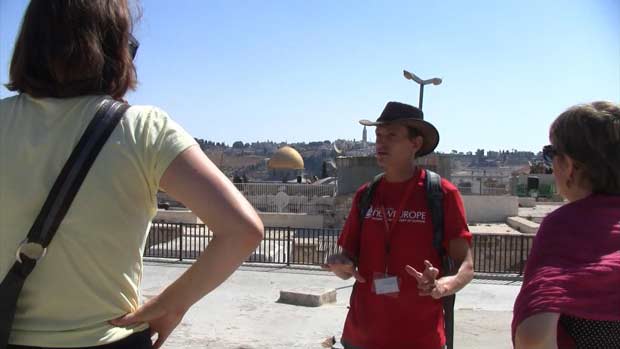
I was unsure if I should include Sandemans’ tour of Jerusalem in this list. They market the tour as a “Free Tour,” and you can really take the tour and not pay anything.
The thing is the guides earn their money only from tips. Not only that, the guides have to pay the company about three to five dollars for each tour participant. On the other hand, because the guides work only for tips, the tour is very good (I know, I used to be one of their guides!).
The free tour is more than two hours, and you really gain a good basic understanding of the Old City. If the company changed the tour’s name to “tip-based tour,” I would recommend it wholeheartedly. Learn more about Sandemans’ Free Tour
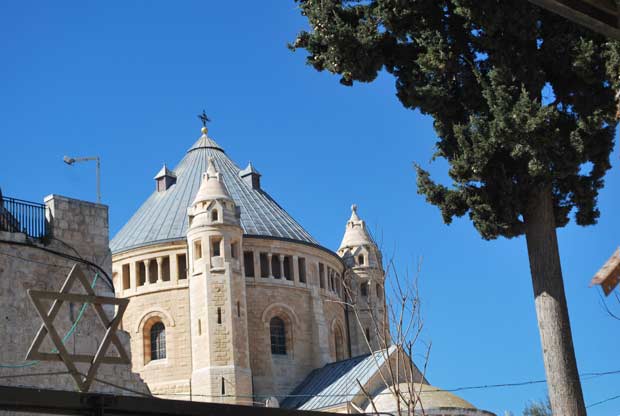
Every guide has a place that he or she likes to give tours more than others. For me, it is the sights on Mount Zion.
The hill itself is outside the walls of the Old City, but historically it is a part of the Old City and in a way embodies the essence of the Old City.
While there are many sights worth seeing, the main attraction is a building whose ground floor, according to tradition, contains the tomb of King David. On the building’s second floor there is a hall venerated by Christians as the room where Jesus ate the Last Supper and where his disciples met for the first time after he ascended to heaven.
For many years Jews and Christians argued about who owned the building, but in 1452 the Muslims who ruled the Land of Israel at that time decided to turn it into a mosque because of King David’s importance in Islam. Jews and Christians were not allowed to enter the building until the British took over in 1917.
The rooftop of the building offers a good view of Jerusalem. Next to the building is the Dormition Abbey, where, according to tradition, the Virgin Mary “fell asleep,”or at least ended her earthly journey, as the name suggests (Dormition comes from the Latin word dormire, meaning “to sleep”).
Mount Zion is also home to many cemeteries of different denominations. In the Catholic cemetery, you’ll find the final resting place of Oscar Schindler, the German industrialist who saved more than 1,000 Jews from the Nazis.
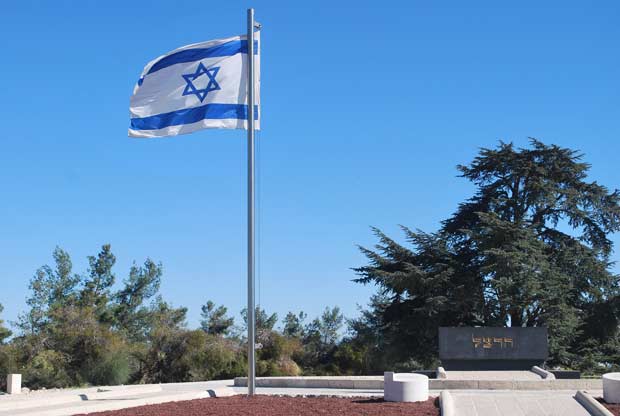
The Mount Herzel story began when the remains of Theodor Herzel, the father of modern Zionism, were brought to Israel.
Herzel was buried in Vienna in 1904 and in his will he requested that his coffin be transferred to the State of Israel after its founding. In 1949 his coffin was brought to Israel and re-interred at the top of the mountain that today bears his name.
Each year, a ceremony opening the Independence Day celebration is held next to his grave. Not far from his burial plot is the final resting place of Israel’s prime ministers and presidents. The southern slope of Mount Herzel is also the biggest military cemetery in Israel. Inside the cemetery, there are many monuments in memory of Jewish soldiers who died in battle both in and outside Israel.
On Mount Herzel there is a trail that will take you down to Yad Vashem.
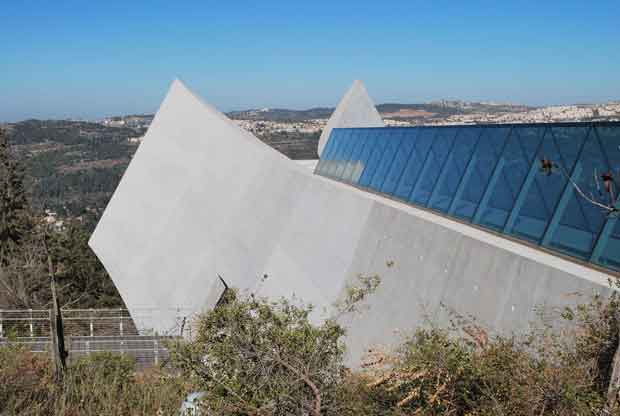
Yad Vashem, as every Israeli will tell you, is a Holocaust museum. But it is actually a memorial authority established by law in 1953. The museum itself is only a small part of the complex, which includes the International School for Holocaust Studies, a research institute, archives, a library, and a publishing house.
But Yad Vashem is also more than just a history museum for Israelis. Although the Holocaust plays such an important role in Israel’s identity, it took place completely outside of Israel. Yad Vashem, in a way, is a gate to “that world” – a Jewish world that doesn’t exist anymore. The museum and all the memorials are free. A visit to Yad Vashem and Mount Herzel will help you better understand the Israelis, their history and heroes, their hopes and fears.
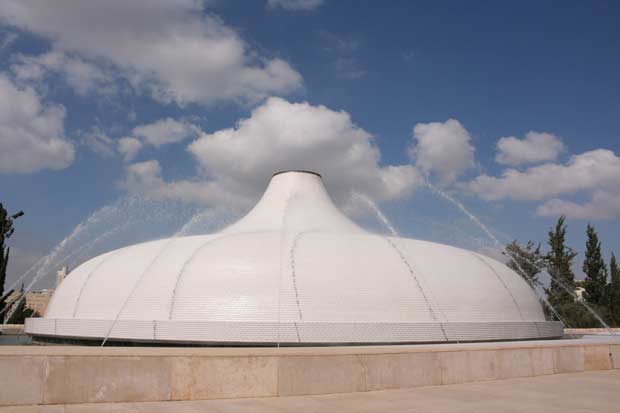
As a tour guide I try to learn as much as I can about history, architecture, geography, and many more fields, but I spend a big portion of my time trying to improve how I convey my knowledge to tour participants. This is true of most tour guides.
Museums, on the other hand, both in Israel and abroad, usually disappoint me. They house and display amazing objects and artefacts, but their method of presenting information is dry and uninteresting. Visitors pass by exhibits without understanding the significance of what they see. So guided tours of museums is something I always recommend, especially when they are free. Admission to the Israel Museum is not free, but the tours are. The most recommended tour is the one of the museum’s Shrine of the Book wing. View upcoming tours
+ Discount Codes
…or as a PDF